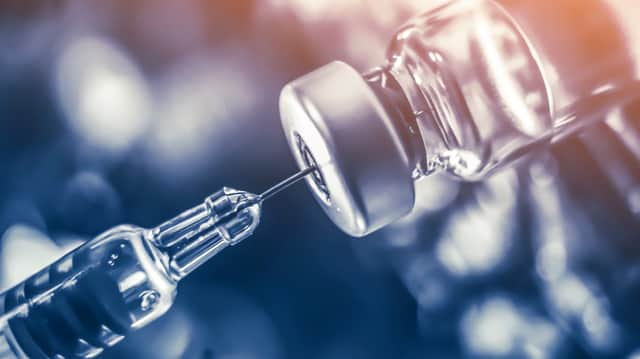HIV vaccines could be brought in by 2021 - here’s everything you need to know


The prospect of an HIV vaccine in the next few years looks “promising”, experts say.
Three different experimental vaccines are entering the final phase of tests, having been developed in various countries.
Advertisement
Hide AdAdvertisement
Hide AdSpeaking to NBC News, Dr Susan Buchbinder (director of the Bridge HIV research program at the San Francisco Department of Public Health) said, “We have three vaccines currently being tested in efficacy trials.
“It takes quite a bit to actually be promising enough in the earlier stages stages of trials to move you forward into an efficacy study.
“[This is] perhaps one of the most optimistic moment we have been in.”
What are the different vaccines?
HVTN 702 - This vaccine, developed in South Africa, is designed to improve on a previous vaccine attempt called RV114, which managed to lower the rate of infection by 30 per cent in trials in 2009.
Scientists say that the HVTN 702 vaccine has been tailored to a strain of HIV - known as HIV-1 clade C - which is predominant in South Africa. Clinical results for HVTN 702 are expected in late 2020 or early 2021.
Imbokodo and Mosaico - These vaccines are largely identical, and unlike the HVTN 702 version, use ‘mosaic immunogens’ to defend against HIV.
It is hoped that the mosaic immunogens can make the body’s immune system respond to a wide variety of HIV strains, effectively protecting vaccinated people from a greater range of HIV strains.
Both vaccine trials involve a series of six injections. But, while the Imbokodo trial only involved heterosexual women from Southern African countries, the Mosaico study will recruit thousands of gay men and transgender people from the United States, Latin America, and Europe.
What if the vaccines fail?
Advertisement
Hide AdAdvertisement
Hide AdIf all three vaccines fail their efficacy trials, experts say we still have enough tools to massively reduce HIV infection rates across the world.
But, according to the Terrence Higgins Trust, access to these tools is a major obstacle to reducing HIV infections.
PrEP - Pre-exposure prophylaxis contains tenofovir and emtricitabine - two drugs commonly used to treat HIV infection. People can take PrEP before being exposed to HIV and massively reduce their risk of being infected. Despite being effective, access to PrEP is still limited in the UK and across the world.
TasP - Treatment as prevention is also a proven method of reducing HIV infection. Successful treatment of HIV positive people can cause their viral load to become ‘undetectable’ - meaning that they cannot pass HIV on to other people.